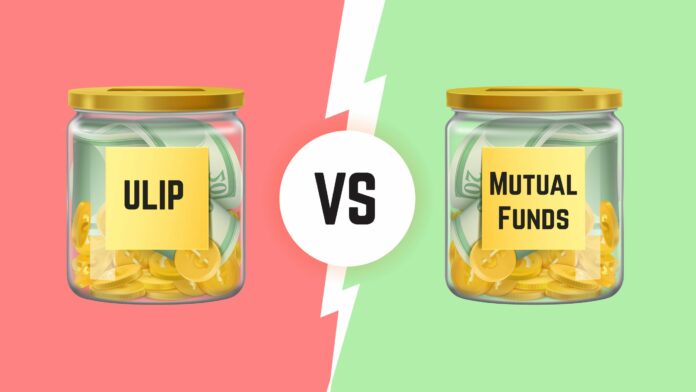Unit Linked Insurance Plans (ULIPs) experienced many changes, but the misselling of the product is still happening. There is a misinterpretation that investment in ULIP means investing in mutual funds.
Insurance companies and agents used to sell ULIPs as insurance accompanied by the benefits of investments during the initial days of privatization of the insurance sector.
During the first generation of ULIPs, the insurance agents charged hefty commissions on the ULIPs sold. The commission was around 60% of the premium received by the insurers. This led to the launch of the second generation of ULIPs with a lower commission and large insurance cover.
ULIPs are sold as mutual funds by intermediaries, like banks, offering a guaranteed return for a particular period.
So, what is a ULIP?
ULIP, a United linked insurance plan, is a life insurance cover with an investment element. But some intermediaries provide it as a mutual fund with insurance benefits in it.
Before privatization, insurance cover had some saving elements in it. You may invest Rs 1,000, and on maturity, you will get Rs 1000 with a bonus. Endowment insurance with savings used to dominate at that time.
After privatization, insurance cover was provided with investment options, ranging from fixed income to highly risky equity.
In ULIPs, you pay a certain amount of premium to the insurer. The insurer deducts certain charges and life cover expenses and invests the rest of the money. In the earlier endowment plans, the insurers invested the premium amount in traditional fixed-income options.
In the case of ULIPs, one can choose the investment option that could range from conventional fixed income options to highly volatile markets.
So, what are the disadvantages of ULIP?
Life insurance is something that provides large insurance cover to the family after the death of the policyholder. Mixing insurance cover with investment won’t help to obtain large insurance cover.
In the case of ULIPs, one needs to pay higher premiums to get a large insurance cover. Most people cannot pay the premium amount, and even if they do so, there is hardly anything left to invest after deducting the charges and expenses.
So, for life insurance, buy a vanilla insurance plan. Here, one can get a large insurance cover against small premium amounts. Pure insurance provides large insurance cover without any savings or investment element in it.
If the insured dies during the tenure of the policy, the dependents of the deceased policyholder get the insurance cover. The policy lapses if the insured survives during that period.
Indians can digest the fact that they can lose the premium paid or receive nothing on maturity. Thus, insurers came out with ULIPs or endowments and charged a hefty premium.
One can get pure life insurance by paying a small premium and investing the remaining savings in mutual funds. In ULIP, one can switch to other investment options but cannot sell them. Selling out the investment will end the insurance cover too.
Follow and connect with us on Facebook, LinkedIn & Twitter

